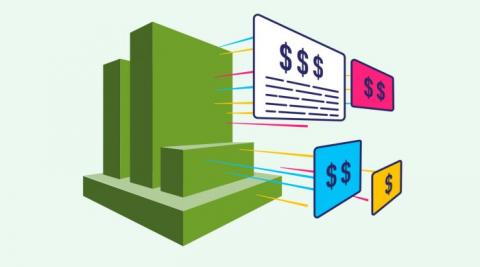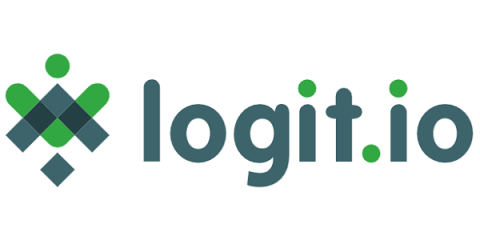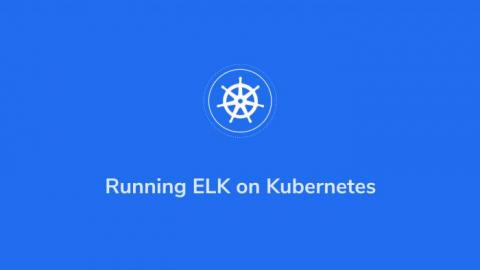Is CloudWatch Really Cost Efficient?
One of the keys to CloudWatch’s success is its no bang, no buck billing system. The pricing structure has been designed from the outset to ensure that CloudWatch users only pay for what they actually use. In addition, the CloudWatch Free Tier allows first time users to test the waters without shelling out. The downside of this flexibility and adaptability is complexity.










